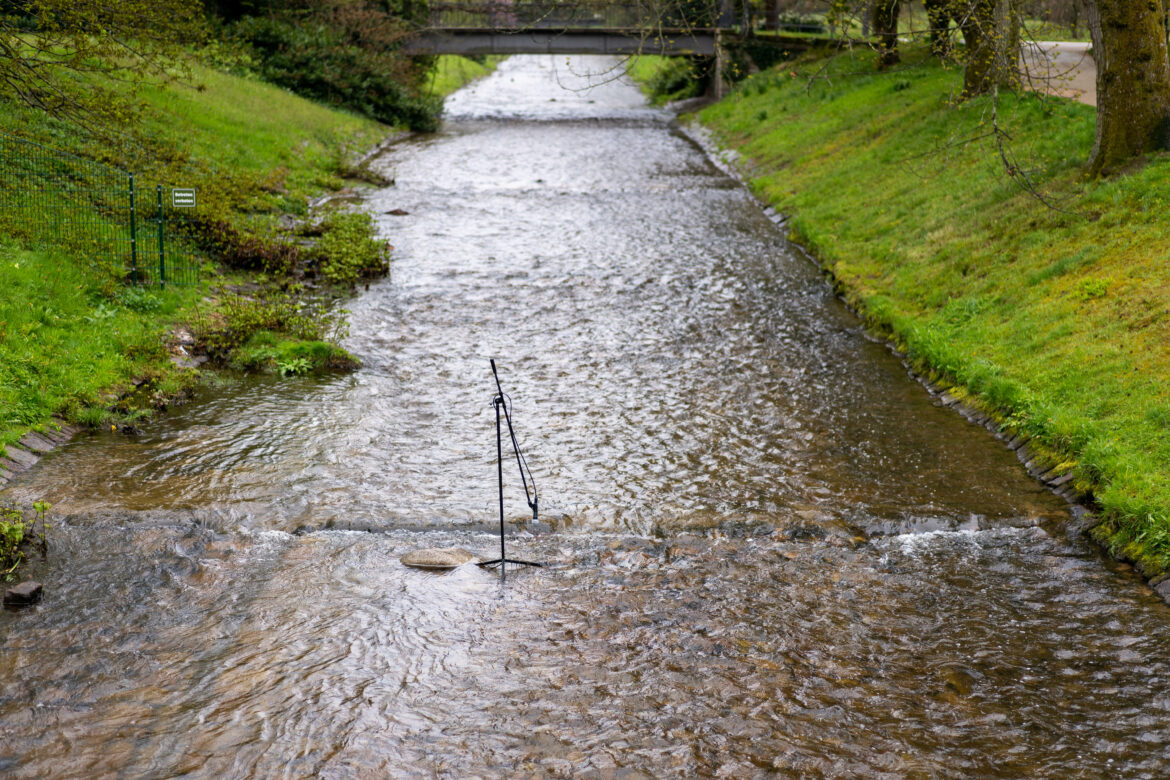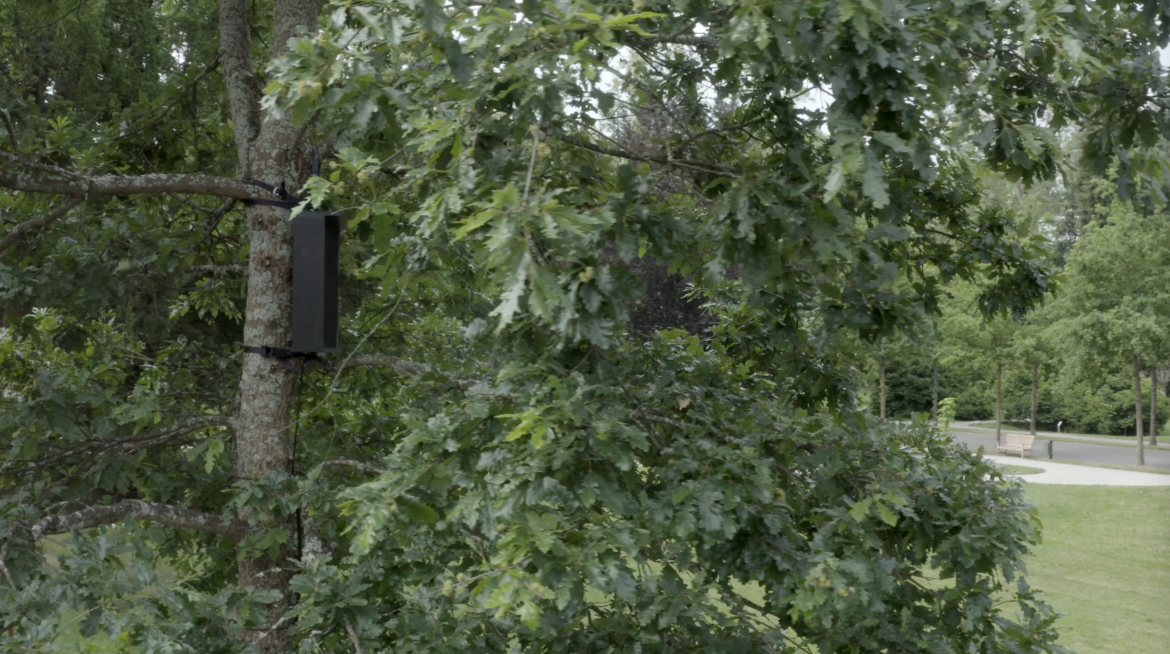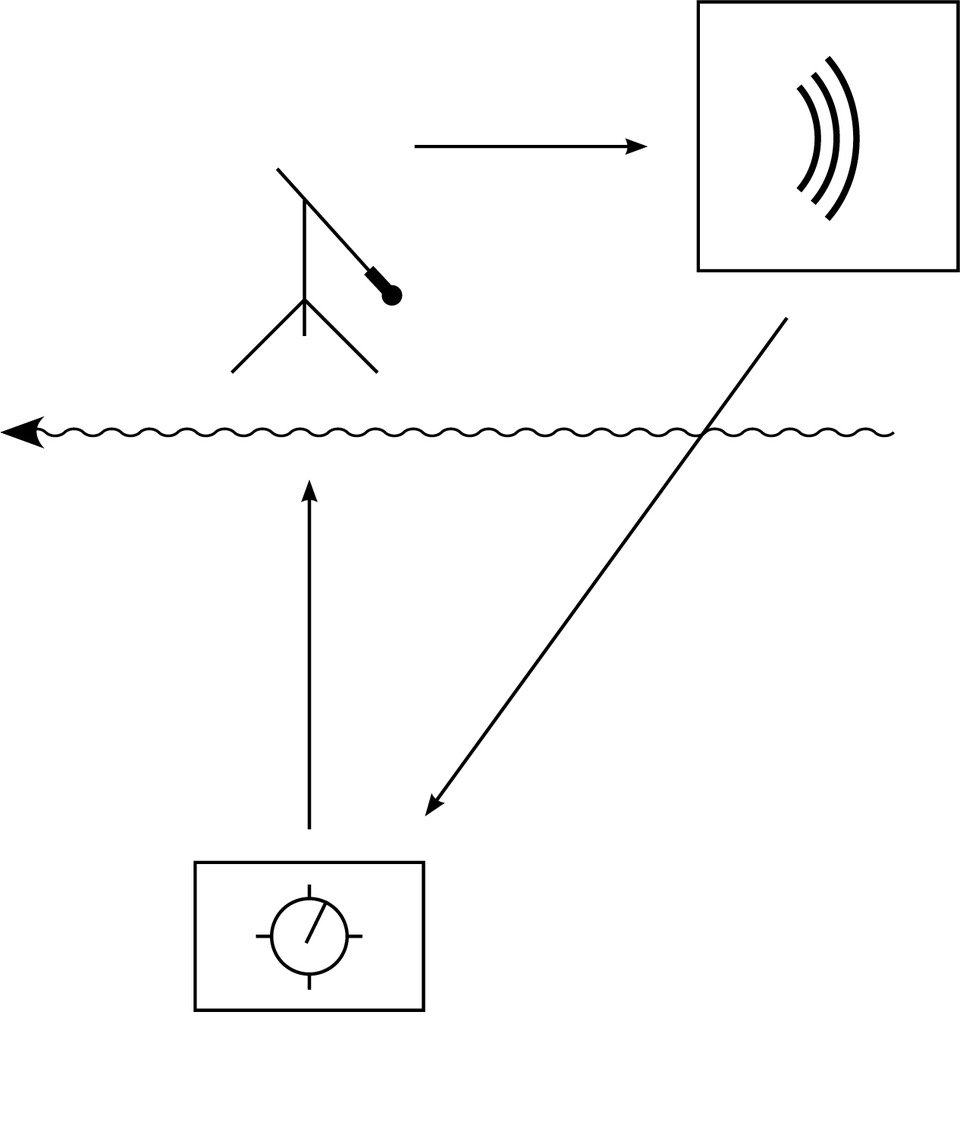The RDD system utilizes a custom built uni-directional speaker that produces a tightly focused beam of sound, like a sonic spotlight, which can be robotically aimed in any direction from any single position within the performance space. This robotic speaker is in effect a mobile soloist, however the resulting experience upends expectations: cast into the room, the RDD’s sonic beam bounces and blends with the reverberant space in subtle and surprising ways. Much of the time the sound appears to originate from invisible yet mobile sources in the room or from the walls, floor and ceiling themselves. We look around for another sound source, only to realize that the room’s own reflections are transforming this robot soloist into a spectral ensemble. Though we can rationally connect the sound’s source to the position of the robot, its ventriloquistic projections open the potential for sounding to the entire volume of the room. No longer a simple container, the room becomes a respondent and the sonic coauthor of a spatial drama. Likewise, as the speaker’s narrow beam reflects it produces complex patterns of sound that vary widely by listening position, such that a listener’s own movements produce striking changes in what they hear. The audience for an RDD performance is invited to move and explore these acoustic effects, to displace themselves from their passive position as audience-receivers and into a system of feedback and response as listener-collaborators.
RDD’s robot is not intended to be the work’s focus, but is important primarily for the displacements it can effect: controlled disorientations and sensory redirections which invite a refreshed engagement with the choreographed situation, toward a sense of space that is multi-perspectival and responsive. These displacements begin with the speakers themselves. Spatialized audio, whether multichannel surround or wave field synthesis, is delivered traditionally from a set of fixed loudspeakers. Movement is simulated by the transition of sound between these fixed elements. This defines what RDD co-founder Jan St. Werner calls a ‘room within a room’, a kind of virtual space of listening placed within the real space we occupy as persons.
Andy Graydon



Robodynamische Diffusion (RDD) ist ein Projekt von Michael Akstaller, Nele Jäger, Oliver Mayer und Jan St. Werner
Gefördert von LEONARDO – Zentrum für Kreativität und Innovation TH Nürnberg und Staatliche Kunsthalle Baden-Baden
Mit freundlicher Unterstützung von Evocortex
Fotos & Video Joseph Kadow / Single RDD Foto Eunice Maurice / Staatliche Kunsthalle Baden-Baden





